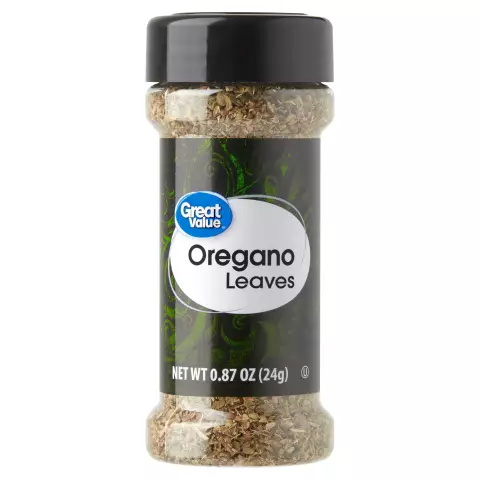- Author Rachel Wainwright [email protected].
- Public 2023-12-15 07:39.
- Last modified 2025-11-02 20:14.
Bream
Bream is a freshwater fish of the carp family. There are two types of bream - bronze and silver. Silver bream is very rare. Bronze bream is considered a commercial fish. This type of fish is often bred in artificial reservoirs.
The ratio of BJU in the product

Source: depositphotos.com How to burn 105 kcal?
| Walking | 26 minutes |
| Jogging | 12 minutes |
| Swimming | 9 minutes |
| A bike | 15 minutes. |
| Aerobics | 21 minutes |
| Household chores | 35 minutes |
Bream lives in reservoirs, ponds, lakes, preferring deep backwaters and a muddy bottom. The bream has a flattened body, a small head and mouth, a high and not too wide dorsal fin, with a characteristic groove and scales on the sides. The color of the fish ranges from lead to blackish.
This fish grows very slowly. So, at the age of two, bream weigh about 25-30 g. The weight of bream can reach eight kilograms or more. The length of the bream can reach seventy centimeters.
Nutritional value and calorie content of bream
The meat of this fish is considered dietary. One hundred grams of the edible part of bream contains 17.1 g of protein, 55 mg of cholesterol, 4.4 g of fat, 77 grams of water, 0.9 grams of fatty acids and about one gram of ash. The protein of the bream pulp is assimilated by 91-97%.
One hundred grams of fish contains about 105 kcal. Nutritional value and caloric content of bream depend on its sex and age, on its habitat and availability of food, as well as on the season in which the fish was caught. Low calorie values for bream caught during or immediately after spawning. The maximum amount of useful components is contained in the fish before spawning.
Composition and useful properties of bream
The flesh of this fish contains components that play an important role in metabolic processes. So, one hundred grams of bream pulp contains 220 mg of phosphorus, extremely useful for the human body, 265 mg of potassium and 165 mg of chlorine.
In addition, bream contains 25 mg of calcium, 4 μg of molybdenum, 30 μg of magnesium, 6 μg of nickel and 70 mg of sodium.
The bream also contains the vitamins most important for the human body. So, vitamin PP in fish contains about 6 mg, vitamin A - 0.03 mg. In small amounts, the fish contains vitamins C, B1, B2, C, E and D.
In terms of fat content, this fish is second only to the beluga. The largest amount of fat (about 9%) is contained in feeding specimens of bream, and the flesh of small fish is lean and dryish. In addition, the large number of small bones slightly reduces its quality. The fish meat of the Azov autumn catch is considered the most valuable.
As you know, fish oil contains omega-3 polyunsaturated fatty acids and various amino acids. Omega-6 and omega-3 acids in the fish pulp lower blood cholesterol levels and promote the disappearance of cholesterol plaques, thereby reducing the risk of hypertension, stroke and coronary artery disease.
Vitamin D in fish helps to strengthen nails, hair and bones.
Bream pulp is considered an excellent antioxidant. It contains antiseptic and anti-inflammatory substances, has a positive effect on the condition of the skin and mucous membranes of the body.
Regular consumption of fish pulp helps to regulate the concentration of sugar in the blood, and also prevents the development of hormonal disorders.
Phosphorus in fish is involved in the formation of the skeleton, as well as in the construction of tissues. Phosphoric acid helps maintain the synthesis of enzymes important for the body at the required level.
In medicine, drugs are actively used that contain substances obtained from the organs and tissues of bream (pancreatin, insulin, etc.).
Fish roe is widely used in cosmetology for the preparation of various cosmetic masks.
Methods for cooking bream
Fish dishes are widely used in dietary and medical nutrition. Dishes turn out to be truly juicy and tasty if the bream weighs more than two kilograms.
Bream is prepared in different ways - it is boiled, fried, stewed, baked, pickled, and fish soup and aspic are made from young specimens. However, the most popular way to cook this fish is drying. Preliminary preparation before cooking fish consists in gutting, cleaning and removing the gills.
To facilitate the removal of tough scales, some cooks advise pre-rubbing the fish with salt.
The cuts throughout the bream body will soften the numerous small bones during heat treatment of the fish.
Fillet of bream is used for making fish loaf.

It is best to bake, stew or fry fish with various vegetables and seasonings.
Garlic, sage, suneli hops, rosemary, bay leaves will improve the taste of the fish.
Hot smoked bream contains dangerous carcinogens. Therefore, fish in this form should be eaten as little as possible.
Bream, baked in foil, turns out to be much juicier and more tender than other dishes made from this healthy fish.
YouTube video related to the article:
Found a mistake in the text? Select it and press Ctrl + Enter.






